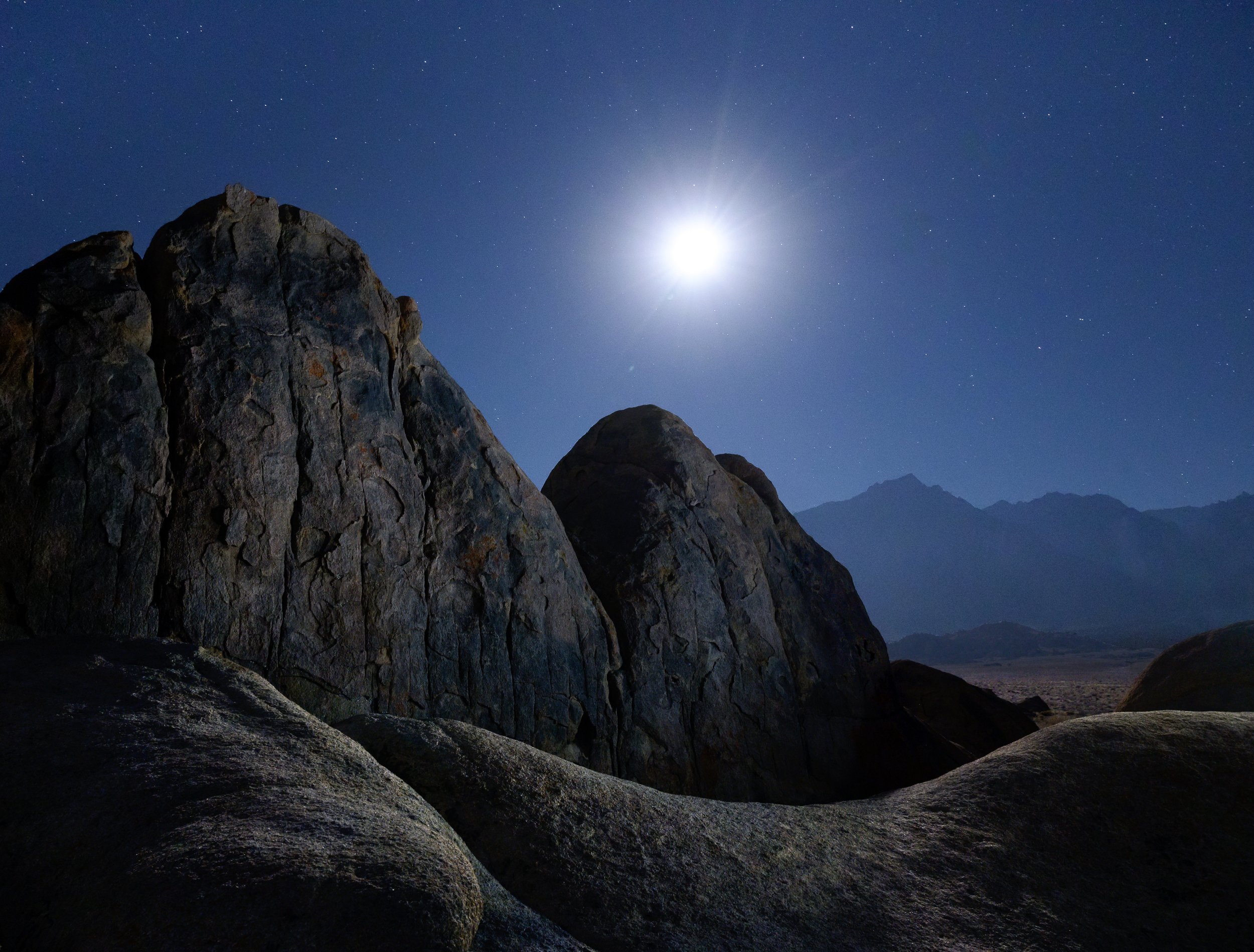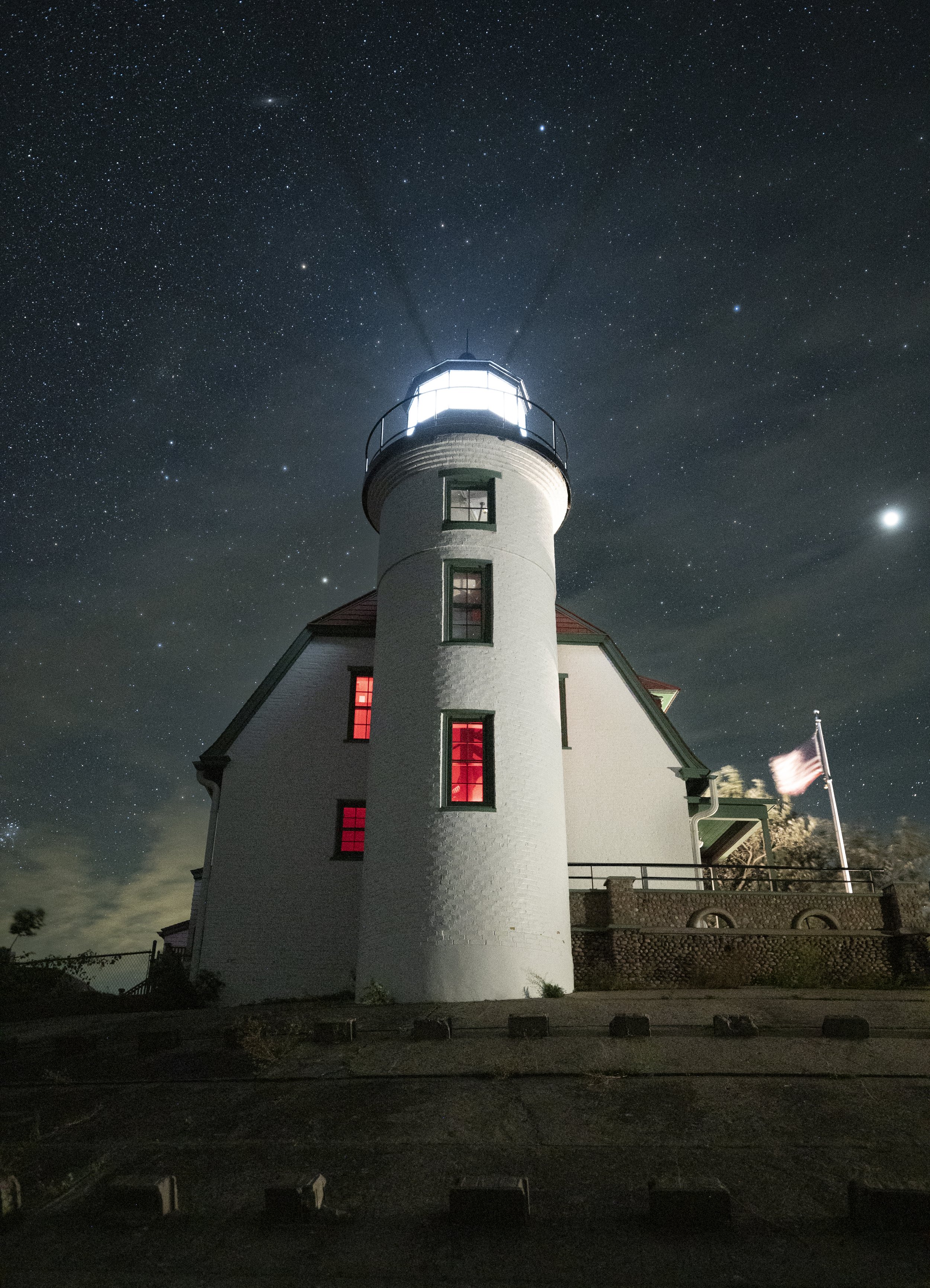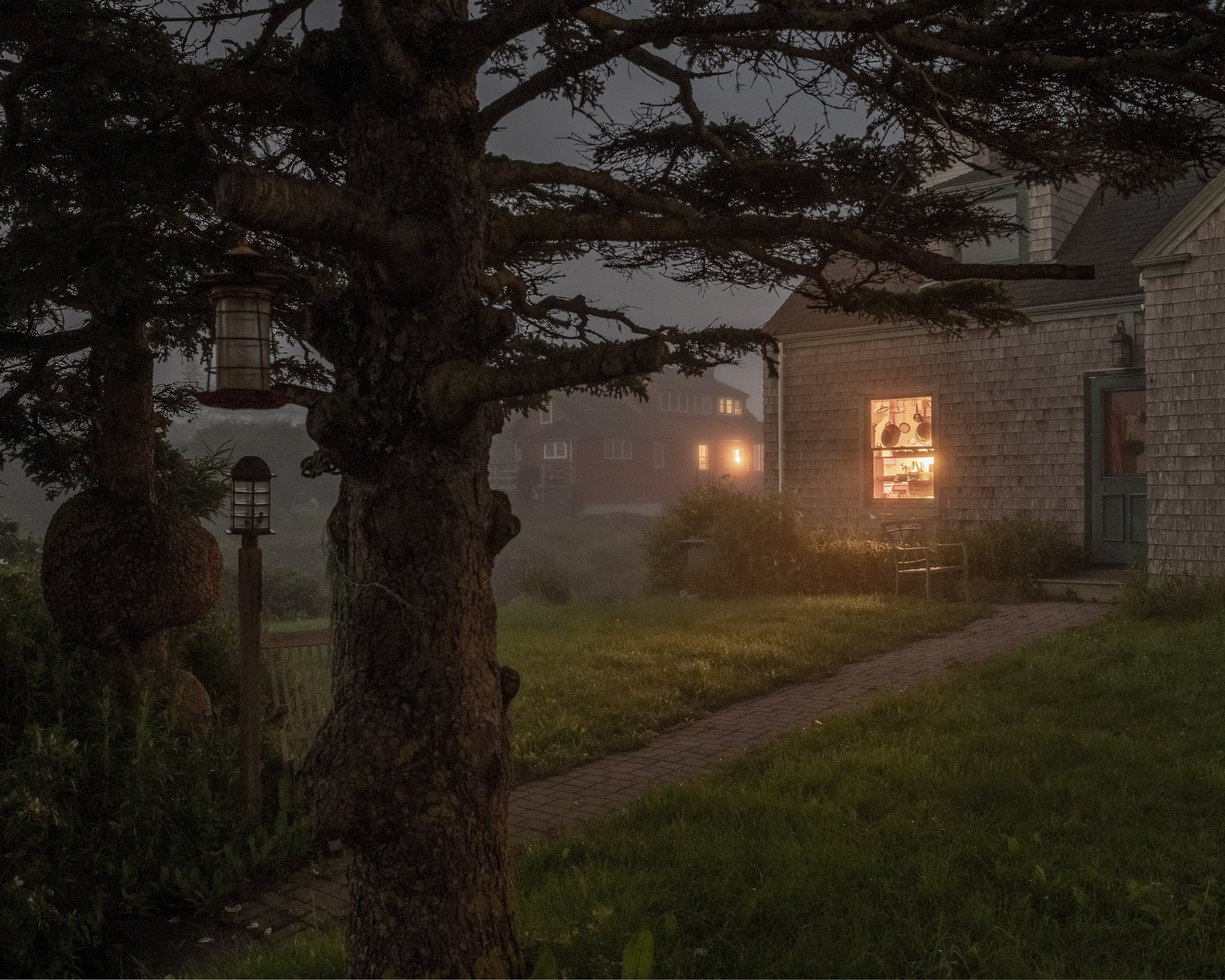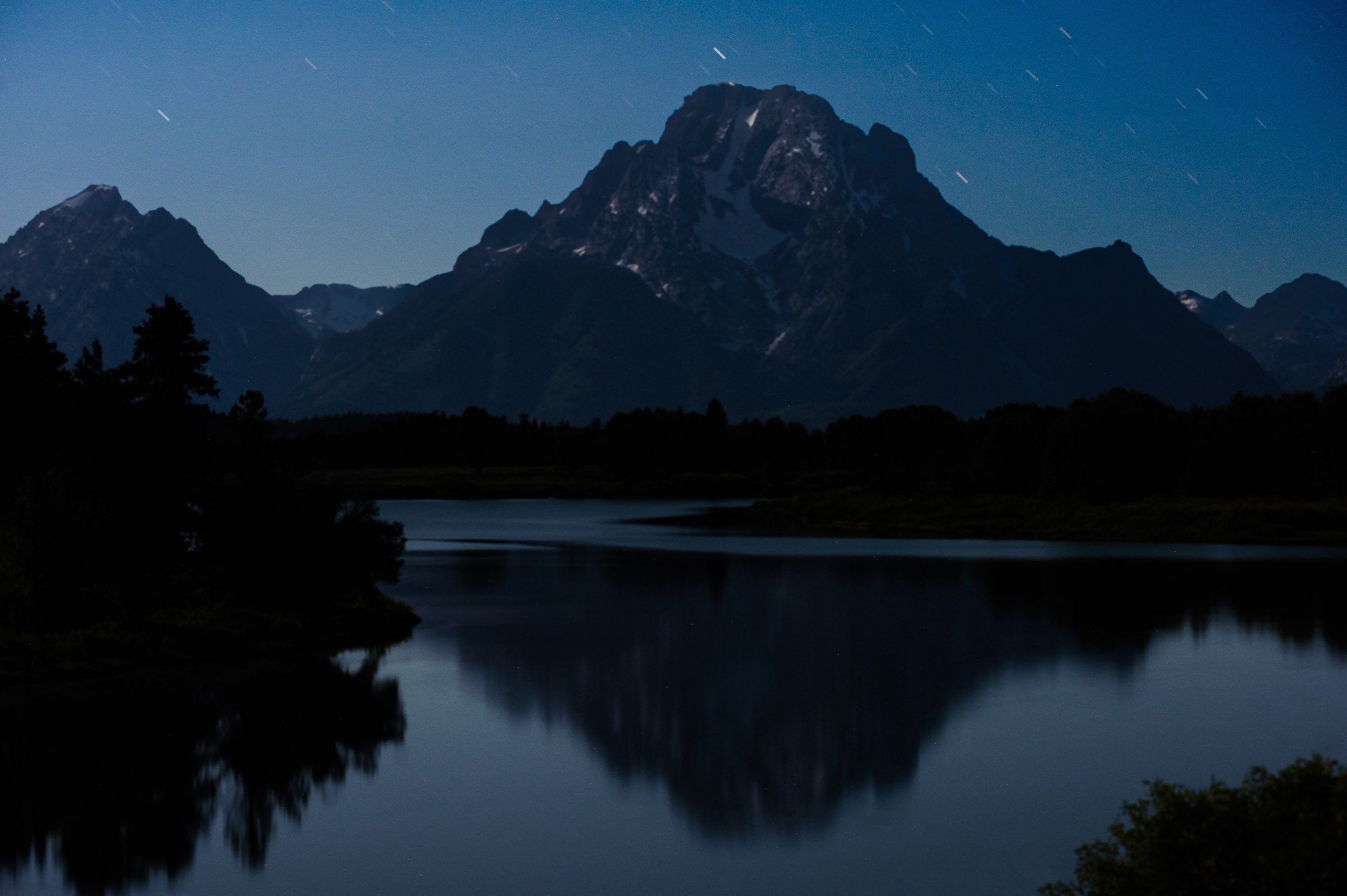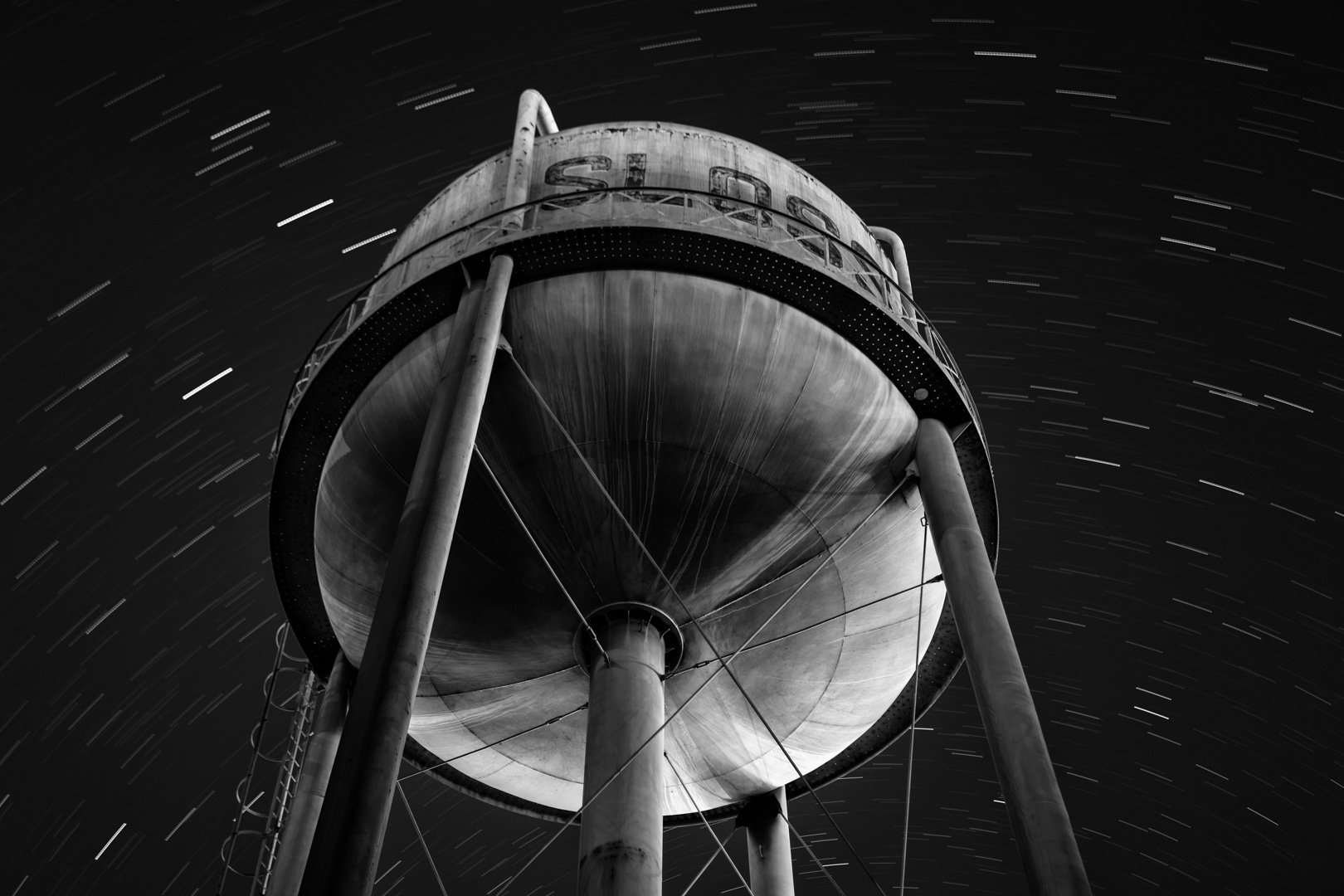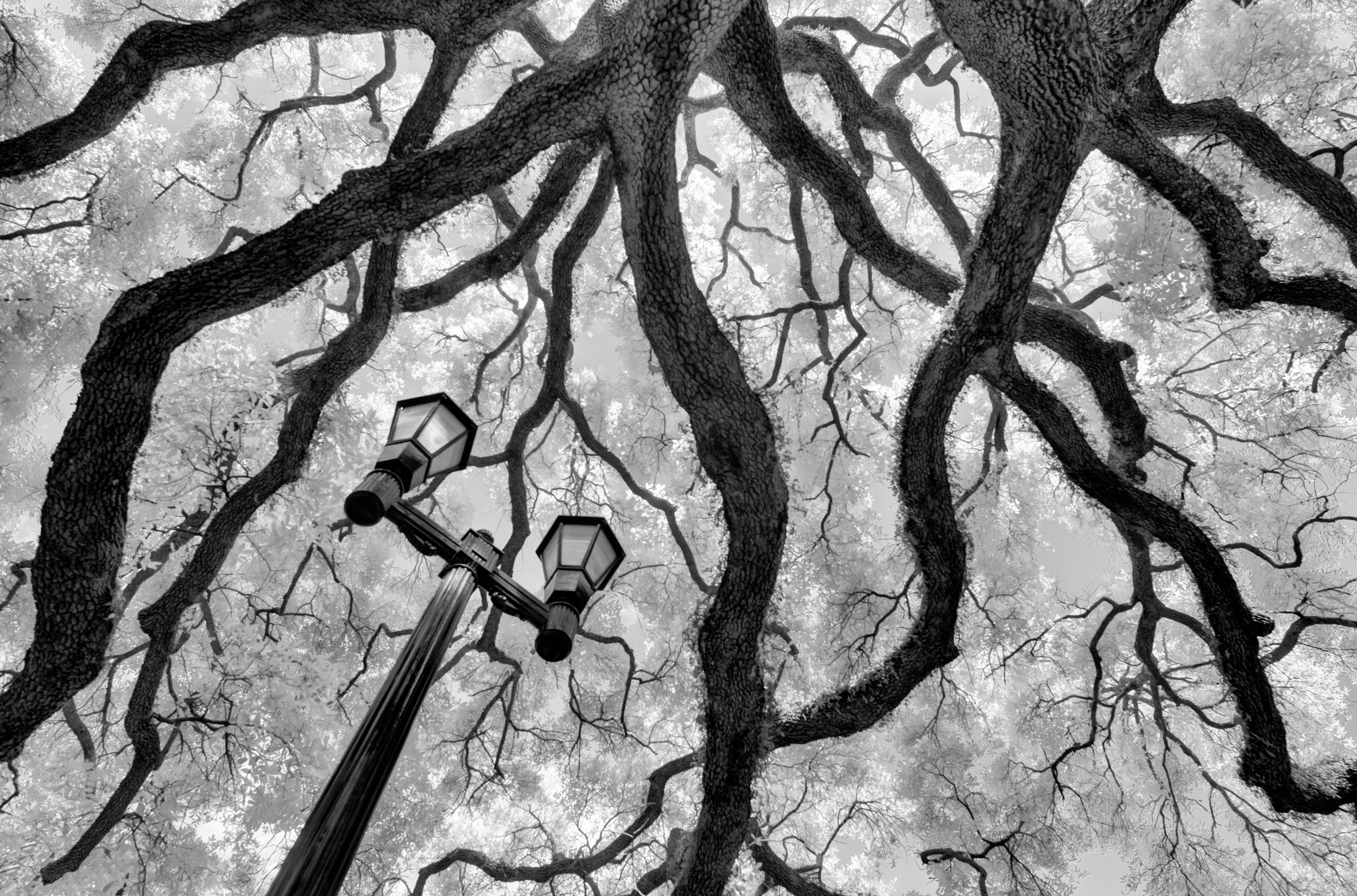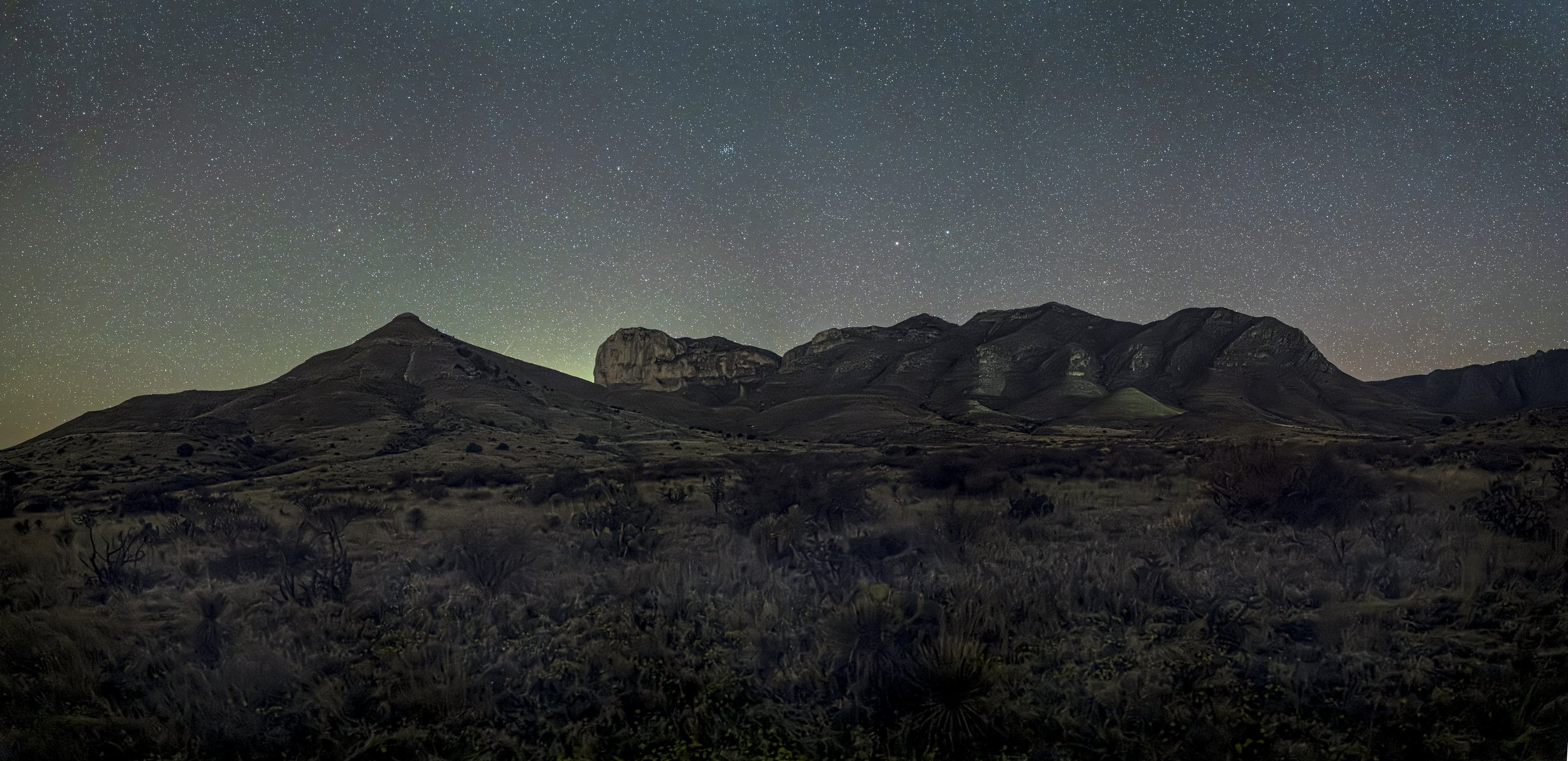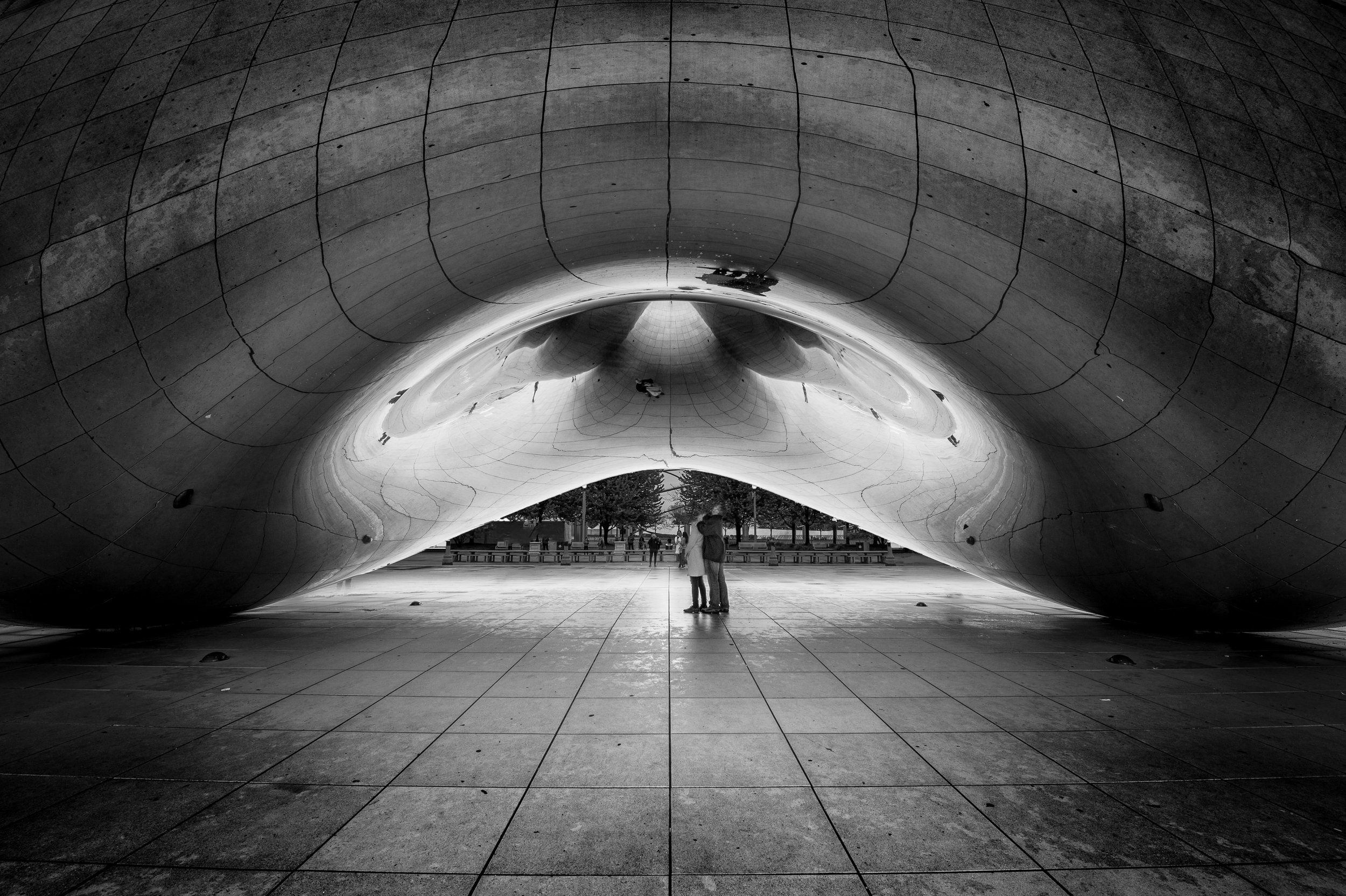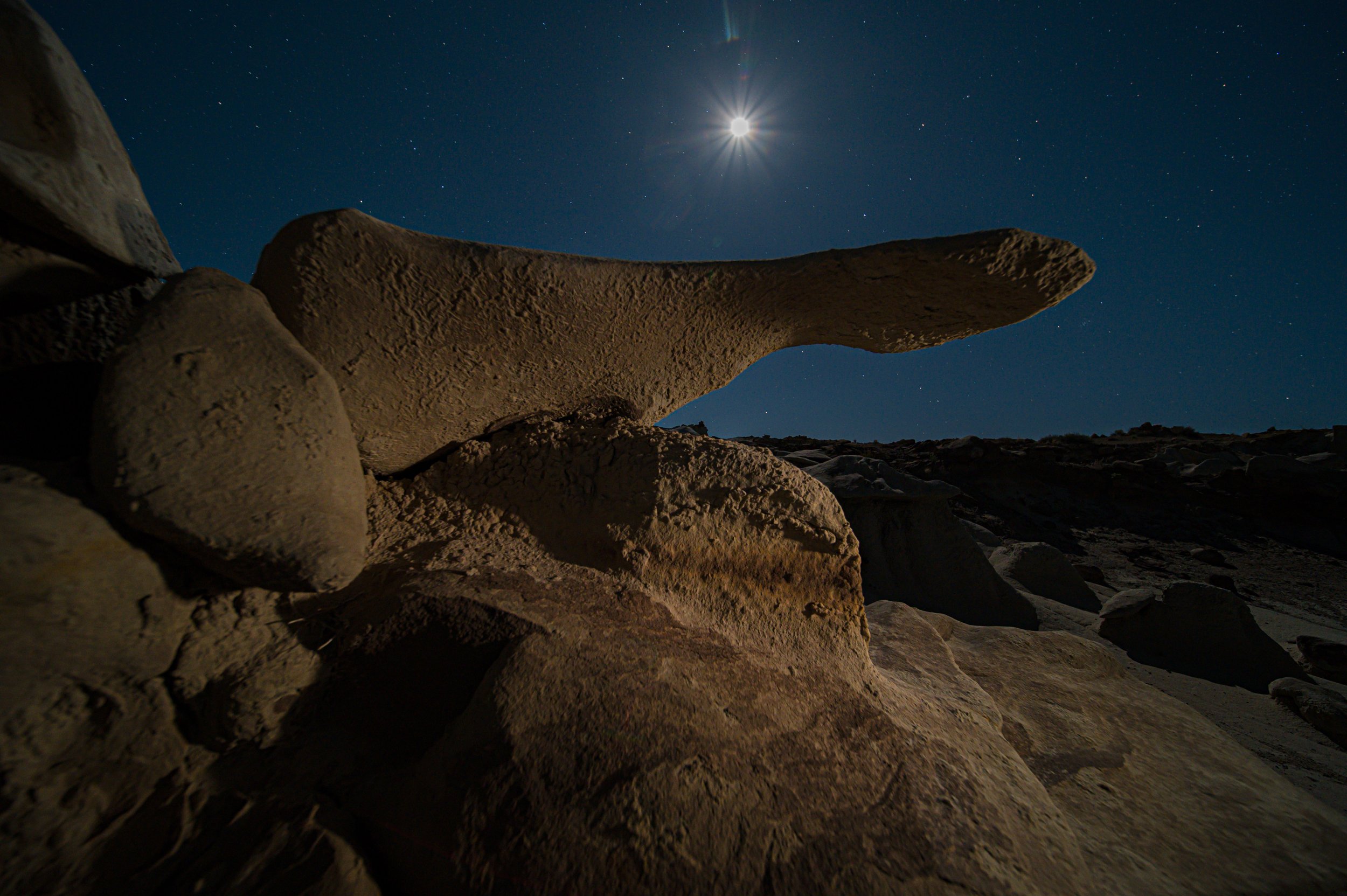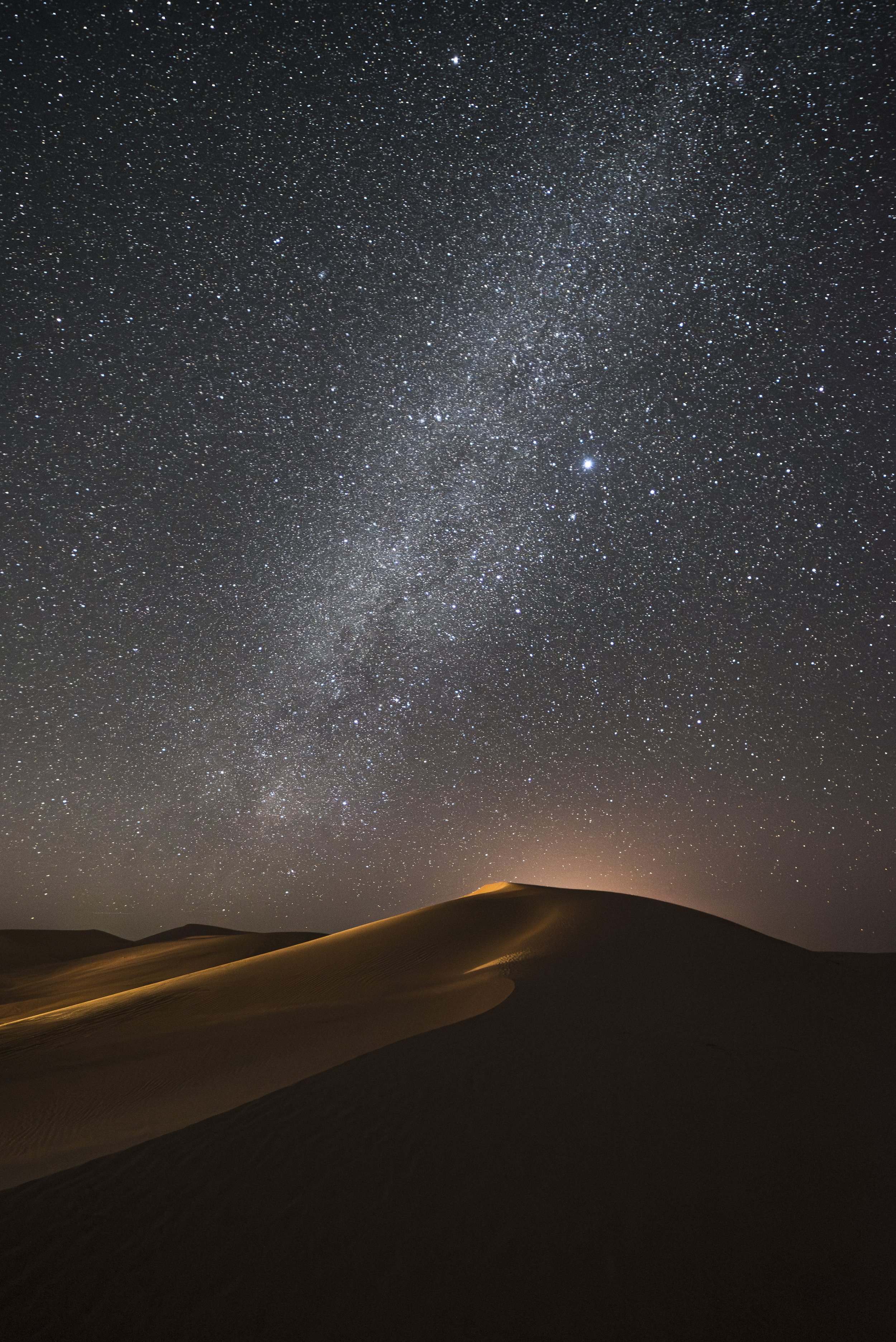'Tis the season to photograph at night!
There is a reason we call it a winter wonderland. Snow can cover the world as we know it and turn it into something white, pure and surreal.
Most of us dread snow, as it can become a deterrent to get from point A to B. But remember, it was only a few years ago that we would dream of winter weather cancelling our schools so we could stay home and create people, igloos and all sorts of fantastical things in the snow and ice. There has been a recent uptick in ice castles made by farmers, ski resorts and cold-region locals who for one or two months during the winter open these spectacular ice worlds that are often lit up at night!
So as we get ready to celebrate the longest night of the year, I wanted to share some tips to hopefully inspire you to bundle up and create some wonderful winter wonderland images.
This was taken of a kota, or warm hut, in the Lapland region of Finland. I passed by this perfect scene a few times, but when I saw the animal’s footprint in the fresh snow I ran and grabbed the gear. I shot at a low angle to emphasize the footprint and make the hut seem a little larger than life.
1. Find a new way to photograph the holiday lights
If you drive or walk around your neighborhood, you’ll see lots of outdoor lights covering the many streets and houses. These can be fairly simple to photograph, especially when they are also under the streetlights, but try to find a new way to interpret them.
With your camera on a tripod, zoom your lens during the exposure to add motion, or perhaps go in close for a detail shot that throws the rest of the scene out of focus. The holiday lights that hang across the streets look better when we have car trails going through them. Places like Rockefeller Square in New York City can be difficult to shoot because of the mass amounts of people—good luck setting up a tripod! Look instead for quieter, neighborhood scenes that also epitomize the holiday cheer.
In an age when people can certainly overdo the holiday lights, I really was drawn to the simplicity of the paper bag luminarias that this house put out. I shot low and angled myself so the full moon was casting the dramatic shadow of the trees toward me.)
2. Get out there and play in the snow!
I still act like a kid when I see snowflakes falling. I can’t sled as fast as I used to but the snow adds such an added dimension to both day and night images—you have to shoot it!
Obviously be careful with your gear if you are shooting while it is snowing. Either have an umbrella or a camera/lens wrap with you to protect your equipment from getting too wet.
A few ideas:
- If the snow isn’t blowing too badly, shoot under an awning of a house that offers protection. Set up a time-lapse that shows the snow accumulating around the environs.
- Try to freeze the snow with flash as well as play with shorter exposures like 1/4-second to 2 seconds to create more confetti-like snow.
- Once the snow stops falling, head out to the park ASAP to try to capture some pristine snow -covered scenes. That fresh snow can add white-sand-dune-like surreality to an otherwise normal place. Shoot at a low angle to emphasize that rolling blanket of snow.
- Look for animal or human footprints and compose them to tell more of a story.
- Remember to overexpose by 1 to 1 1/2 stops to properly capture the white snow—otherwise our camera meters will turn the snow gray.
One of my all-time favorite snow scenes. Shot with a point-and-shoot camera as I came out of the subway in NYC. I stayed under the awning and leaned against the wall, turning myself into a tripod. I put the camera on burst mode and shot exposures between 1/4-second and 1 second. Of the 50-plus frames I took, 6 or 7 were sharp enough to use, with this one being the winner. The person and the umbrella became the final pieces to the composition.
3. Be more productive
The biggest reason I love the winter is because I can start shooting night scenes earlier and still go to bed at a reasonable time! With the sun setting around 5 p.m. for most of the continental United States, you can skip out of work early and do a quick 1- to 2-hour shoot and still be home for dinner with the family!
Or plan longer/weekend shoots with friends where you can really take advantage of the time. If you are comfortable with your night skills, bring two kits and be incredibly productive in the field! The ultimate would be to visit Alaska between December and February and have 20 hours of night photography per day!
I went out to Central Park with Chris Nicholson last year after the NYC blizzard. It was hard to find many snow scenes that weren’t walked through but I loved this classic shot of the San Remo building reinterpreted with the trodden snow, blowing clouds and city night lights. And we were both home in plenty of time to get a full night's sleep!
4. Keep warm and safe
The No. 1 reason most people don’t like to photograph in the winter is the cold. Add the cooler nighttime temperatures and you have nixed probably 80 percent of photographers, if not more.
But shooting in winter doesn’t need to be a physically miserable experience. Bundle up with layers, and wear wool instead of cotton. The former will wick the sweat off your body. I’m a big fan of Smartwool products, especially for socks and a base layer.
Also, protect extremities like your feet and fingers—they get colder first. We just started using these amazing new Vallerret photography gloves. They are made in Norway and have a pocket to place hand warmers to ensure you can keep on clicking no matter what the temperature!
Whatever gloves you use, bring several hand warmers that you can put inside for added warmth.
Boots that have a great tread are also important. You don’t want to slip on ice and take a spill. Walk carefully and use your tripod as a walking stick if need be—without the camera on it of course! And if you’ll be working around a lot of ice, Chris Nicholson swears by Ice Trekkers to keep you on your feet and your gear off the ground.
5. Experience the northern lights!
Summers have lighting storms and tumultuous thunderstorms, but the most spiritual and jaw-dropping weather phenomenon to photograph are the aurora borealis, or northern lights. It’s definitely on most people’s “bucket list,” and rightly so!
However, the northern lights are difficult to predict and of course generally located in the colder regions of the Arctic Circle. Alaska is probably the easiest location for most Americans to find the phenomenon, but you’ll still want to travel a good distance from Anchorage to really experience them at their best.
I’m a big fan of the northern Scandinavian region that includes Norway, Sweden and Finland. The fjords and Lofoten Islands in Norway offer incredible landscapes and water for the northern lights to reflect and bounce off. Don’t forget the trending glass igloos where you can stay indoors and watch the dancing green fairies in the comfort of your bed all night long!
Iceland is a close second and definitely has plenty of epic landscapes, but because it is located on the Gulf Stream, a lot of weather and clouds can cover the night skies. The Arctic Circle has fewer weather patterns and offers a reliable amount of crisp and clear nights throughout the winter months.
A big misnomer about the auroras is that they can be photographed only during a new moon. In reality, the lights are definitely bright enough to shoot and see under a full moon, plus you get the benefit of the moon lighting your foreground! If you shoot the auroras only under a new moon, you will have a lot of the same shots—silhouetted foregrounds and vibrant northern lights. I’d rather shoot during a partial moon—so I get some silhouettes, some light painting and some moonlit scenes at different times of the night.
The full moon rising with the aurora borealis dancing all around it—proof that you can shoot the northern lights during a full moon. ‘Nuff said.
So throw another log on the fire and layer up for a productive winter wonderland. And remember, there’s a bonus; This is the best season to enjoy a cup of hot chocolate after a long night out exploring!







